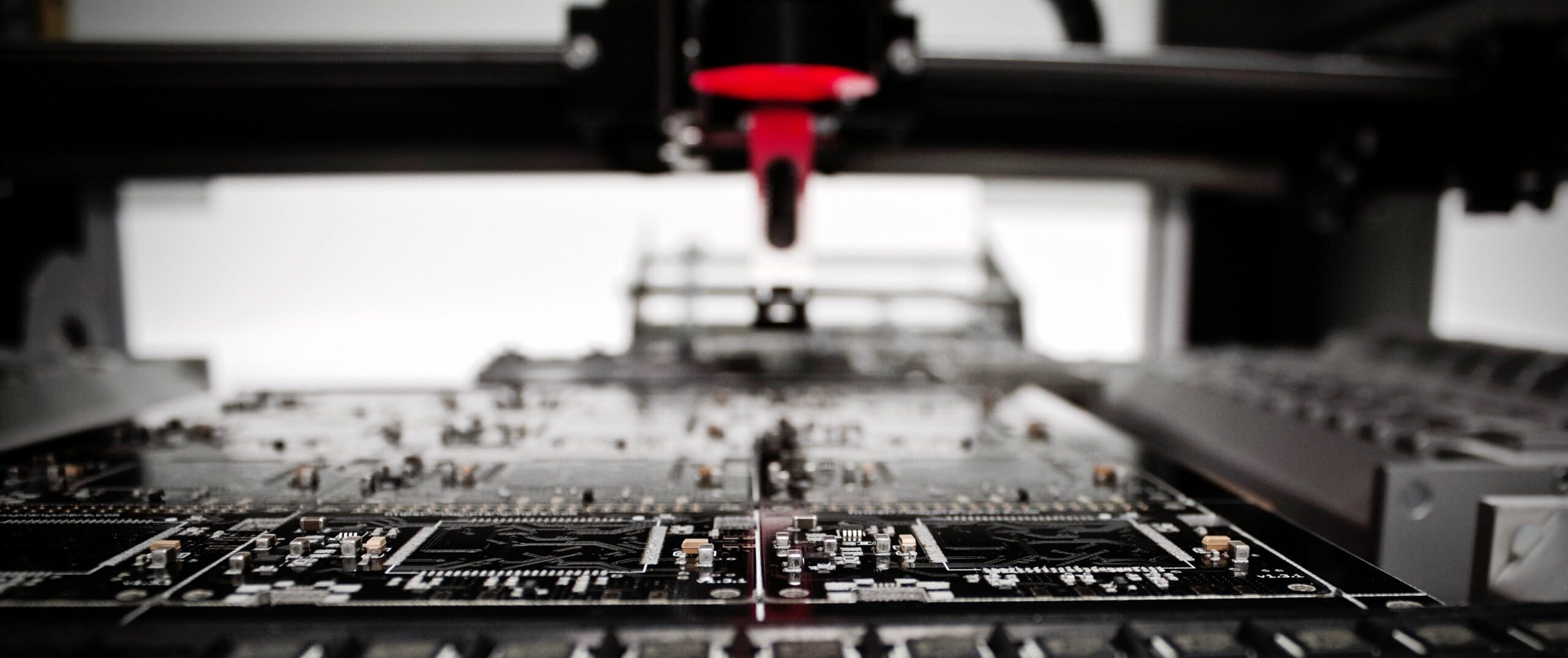Editor’s note: This is a sponsored article, which means it is independently written by our editorial team but financially supported by another organisation, in this case, Cottonwood Technology Fund. If you would like to learn more about sponsored posts on Tech.eu, read this and contact us if you are interested in partnering with us.
Much like 'innovation', 'disruption' and 'open relationship', the term 'deep tech' means very different things to different people. Were we to visit Wikipedia, the definition would be 'technology solutions based on substantial scientific or engineering challenges' - but does that really cover it?
Joshua Siegel from Michigan State University and Sriram Krishnan from MIT last year published a letter with their worthy take on the definition of 'deep tech': technology that is "difficult to develop today, with the potential to become a pervasive and easy-to-implement basic need in the future".
TechCrunch, meanwhile, describes it as a 'generic term for technologies not focused on end-user services that includes artificial intelligence, robotics, blockchain, advanced material science, photonics and electronics, biotech and quantum computing'. Not wrong, but a pretty wide net.
Whichever definition you fancy, in general, the consensus is that the development of science and engineering-driven 'deep tech' requires lengthy research and development processes, large amounts of capital investment prior to commercialisation, and a barrier to reproduction (which in turn means deep tech companies often create/hold valuable intellectual property).
The European Commission has adopted the term in full force, knowing that there is an incredible army of scientists and engineers in Europe that could become the foundation on which to build 'digital' or 'technological' sovereignty through innovation. We all know the talent exists, but the difficulties going from lab to market remain, despite a recent capital influx.
It's a big part of the reason why the EC has brought to life the European Innovation Council under its Horizon Europe program, providing it with a €10 billion budget to " identify and support breakthrough technologies and game changing innovations to create new markets and scale up internationally". Run a search for 'deep tech' on the European Commission website, and already you'll be able to navigate your way through nearly 55,000 search results.
European investors and deep tech: the relationship's complicated
But according to the American-Dutch venture capital firm Cottonwood, we need to have a serious conversation about what 'deep tech' means in a European context, and how it can best be financed and supported.

(The THEAC-25, a thermoacoustic cooling system developed by Dutch startup SoundEnergy)
In the mind of Cottonwood GP Alain le Loux, there is still a general lack of understanding about the deep tech industry, with investors all too often equating AI and other software companies to real deep tech (or high-tech if you will) ventures.
The latter category requires an entirely different mindset from its investors, and the kind of 'patient capital' that's equipped to finance true science-based inventions, which tend to take a lot longer to develop before they can realistically be commercialised - if they ever are.
Most investors, even those who advertise themselves as 'deep tech investors', simply don't have the risk appetite, structure, mindset of ability to invest in true high-tech ventures, le Loux posits, as they are too obsessed with rapidly scaling businesses.
Very few investors have the patience to hold on to their shares for 6 to 8 years before a portfolio company can even start thinking about turning its inventions into a business, let alone already showcase 'traction', he added.
Le Loux is adamant about the fact that Europe thus has a fundamental two-pronged problem on its hands: a substantial lack of 'patient capital', and nowhere near enough experienced fund managers to back high-tech companies for the long term, with a twisted definition of what constitutes 'deep tech' sprinkled on top.
Stay tuned for the next article in this series, which will take a deeper dive into this problem (and offer potential solutions).
Featured image credit: Louis Reed / Unsplash



Would you like to write the first comment?
Login to post comments